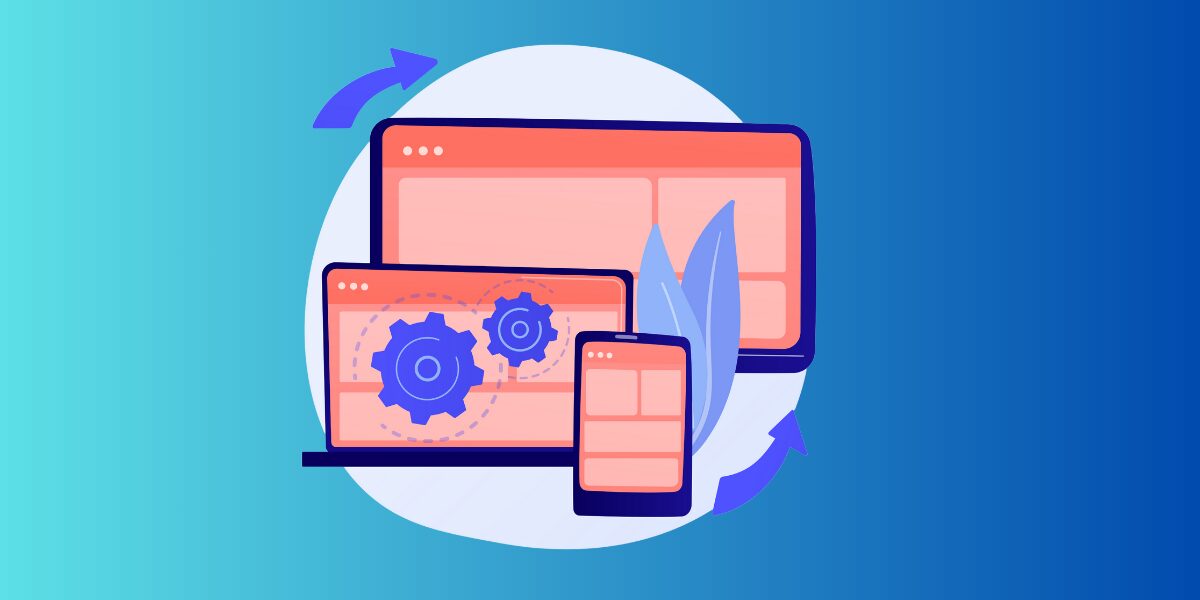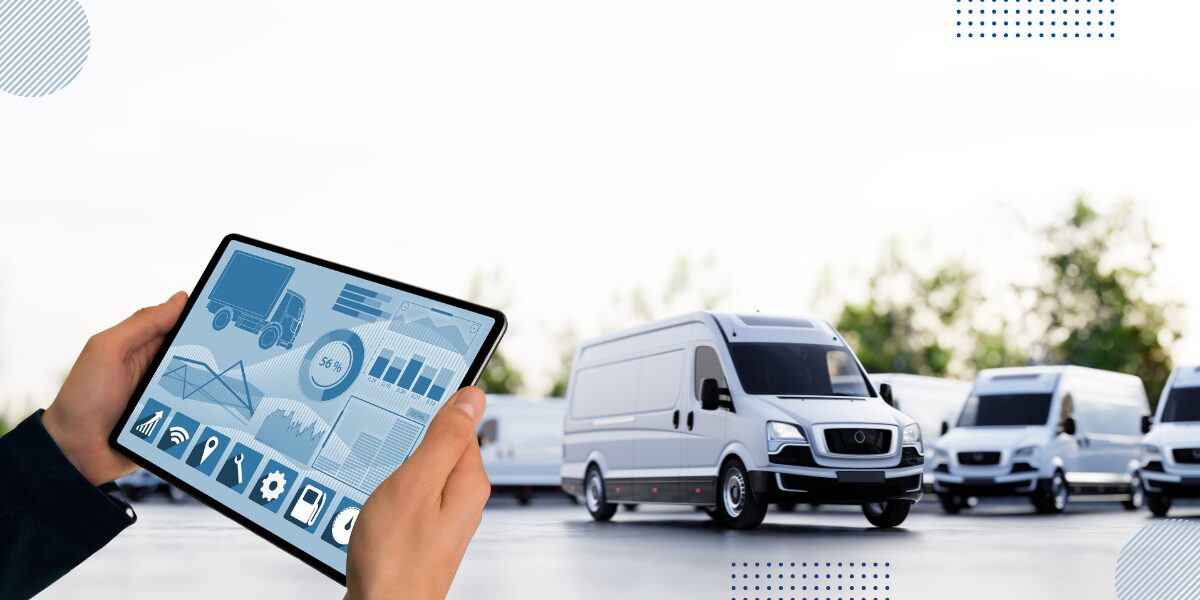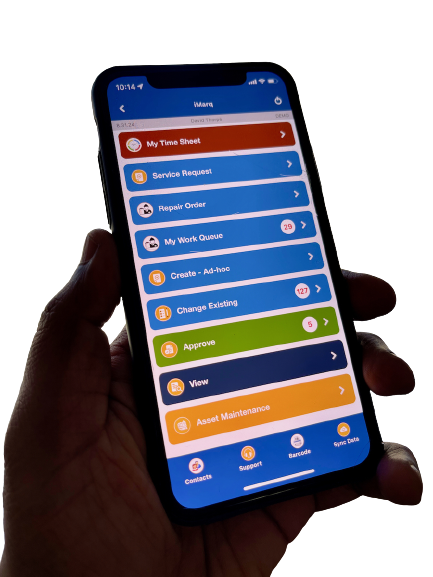The rise in population and the parallel growth in urbanization have put enormous pressure on already overburdened transportation systems. These pressures have also grown due to increasing congestion and pollution. Transportation systems are not only a simple means of mobility. Instead, they incorporate more inclusive and sustainable concepts of mobility. The future of the transportation industry is supposed to be highly integrated, electric, autonomous, and focused on producing a better travel experience. A recent report suggested that digitization would be the bedrock of new technology, bringing about new mobility solutions. Some cities in Scandinavian countries have already implemented strict measures to limit vehicle emissions. Some governments have even started levying fines on vehicles that do not meet the set emission standards. Cities in Asia-Pacific are also taking progressive measures to encourage sustainable practices, cut down private transport use, incentivize carpooling, bike-sharing, and other more sustainable means of transportation.
Several cities worldwide have adopted mobility-as-a-service (MaaS) pilots, which allow people to plan, book, and pay for their rides digitally. This has proven useful, especially during the current pandemic with a move away from paper tickets. Some cities have also adopted demand responsive transit (DRT) fleets, which provide flexible timetables for public transport vehicles. These timetables change according to the travelers’ demands. With growing technology, there will be close integration of business models and public transportation services. In turn, this will promote a mass shift towards public and shared transportation compared to private vehicles. But what happens if we do not digitize our transportation systems? Some consequences are detailed as follows:
Not Environment Friendly
One of the major challenges of transportation systems is carbon dioxide emissions, which directly impact the environment. Due to poor planning, maintenance, and scheduling, public transportation is a significant contributor to air pollution. Digitization helps optimize timetables, routes, driving patterns, and vehicle sizes to reduce direct emissions from public vehicles. It can help retrieve customers’ transportation data to make the best schedules and routes to decrease carbon dioxide emissions. Without digitization, emissions will continue to harm the environment at an alarming rate. Road transport already contributes to three-fourths of total transport emissions. And as the demand for more private cars increases, these figures are bound to go up. Without effective digitization, we cannot achieve the sustainable development goal of net-zero carbon dioxide emissions by 2070.
Greater Costs
Public transport vehicles need frequent maintenance due to wear and tear. But in most cases, maintenance is only done when damage is visible or if there is a tangible problem with the vehicle. This often costs more money because, by that time, a lot of damage is already done. If the vehicle is maintained more regularly, the costs of maintenance and repairs can be greatly reduced. Digitization can help optimize the use of resources on public transportation, thus, saving money for public transport providers. Digitization utilizes sensor data about the status of vehicles to make decisions about when the vehicle needs repairs. This results in fewer unscheduled trips and stops to maintenance centers, thus, saving time and money.
Traveler Convenience and Safety Risks
Some of the major challenges of public transportation are accessibility, safety, and convenience. Digitization of public transportation can provide increased safety and convenience to travelers by collecting travelers’ data safety. It can give information about delayed and canceled trips, allowing travelers to make informed decisions and save time. It provides real-time vehicle information, collection of travelers’ feedback, and co-traveler information, making customer experience smoother and more comfortable. Without digitization, customers are more likely to feel dissatisfied with their public transportation experience, which might force them to switch to private vehicles causing further carbon emissions.
Connixt is a pioneer in digitizing transit systems, helping transport providers like LA Metro and Metrolink. Our cloud-based technology saves time, labor hours and improves efficiency. To learn more about how you can benefit from our services, reach out to us for a demonstration today!





